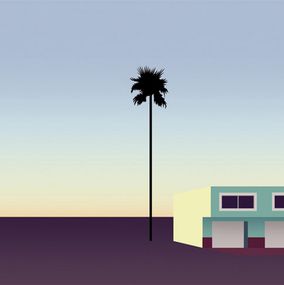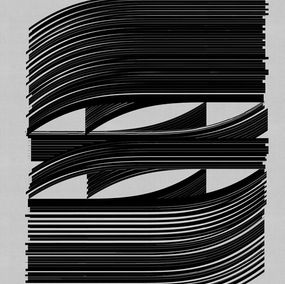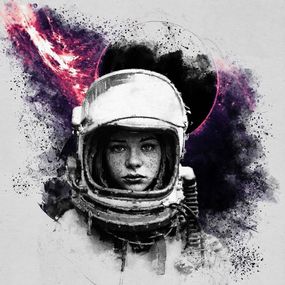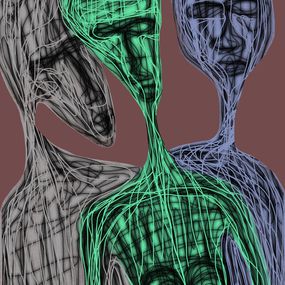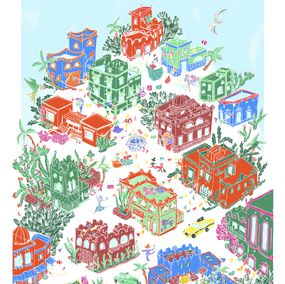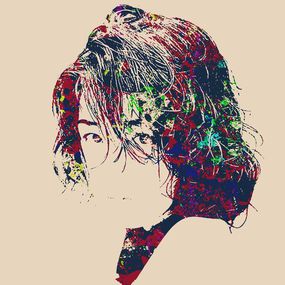
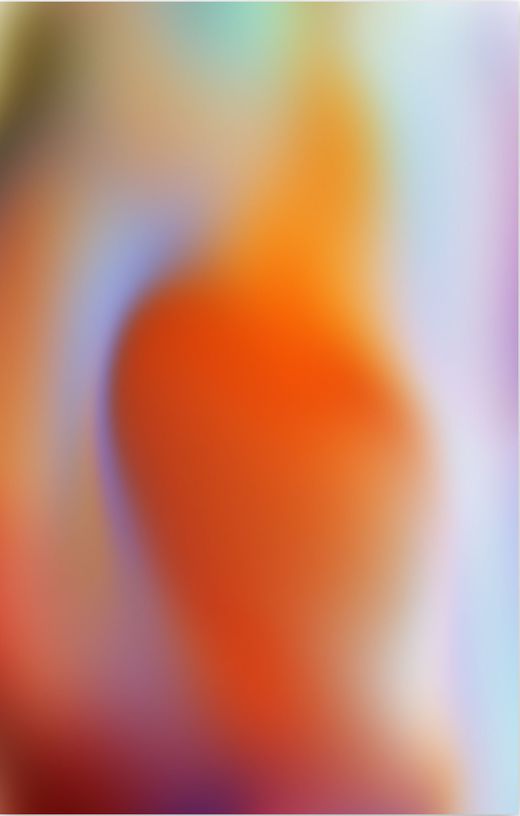
Biography
Paul Snell combines traditional and digital techniques to explore the possibilities of abstraction and minimalism in contemporary photo-media.
He lives and works in Launceston, Tasmania.
He creates small production runs, printing each unique work in an edition of one to three.
His process begins by capturing a location or an object on film with a traditional camera. He then digitally “decodes" the visual information present in that image. After reducing and simplifying the colors and forms, he begins an intensive “re-coding" process, during which the reduced formal elements of the work evolve their own self-referential relationships within a new composition.
This process blurs the boundary between “taking" and “making" a photograph. When the digital composition is complete, Snell converts it into a Chromogenic print using the Lambda printing system, which allows luminous, vibrant, colorful photographic printing onto metallic paper. The print is then mounted onto Plexiglass.
The visual lexicon Snell has developed is informed by the Modernist history of painting, especially minimalism and hard edged abstraction.
Snell has described his artistic practice as a search for “sensory understanding of the physical object."
His images are abstract, yet also declare a certain concrete recognition of their own material substance. Snell intends to create visually arresting works that allow viewers to enter into a contemplative, or even transcendent state. He achieves this through the deployment of rhythmic, harmonious visual structures such as concentric circular or linear patterns.
Color relationships and spatial realities are also of primary importance to Snell. The iconic presence of his works is due in part to the dynamism of the color relationships, in part to the architectonic-yet-open nature of his compositions, and in part to the vibrant, luminous qualities of the surfaces.
His work is included in numerous public and private collections, including that of ArtBank, the Devonport Regional Gallery, the Burnie Regional Gallery, and the Justin House Museum.
Nationality
Categories
Artistic movements
Themes

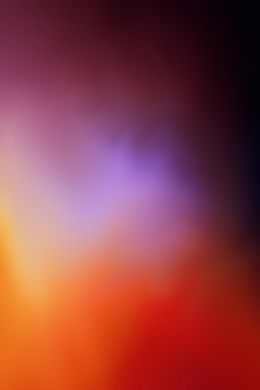

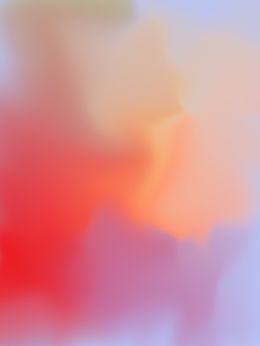

Paul Snell
Photography - 100 x 155 x 0.1 cm Photography - 39.4 x 61 x 0 inch
$8,183
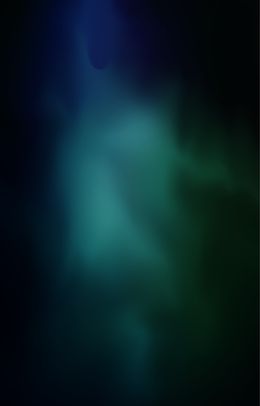
Paul Snell
Photography - 180 x 115 x 0.1 cm Photography - 70.9 x 45.3 x 0 inch
$8,183

Paul Snell
Photography - 120 x 265 x 0.1 cm Photography - 47.2 x 104.3 x 0 inch
$9,652

Paul Snell
Photography - 180 x 115 x 0.1 cm Photography - 70.9 x 45.3 x 0 inch
$8,183


Paul Snell
Photography - 170 x 8.5 x 10 cm Photography - 66.9 x 3.3 x 3.9 inch
$7,833
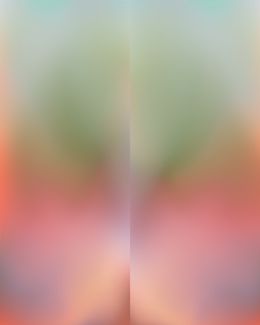


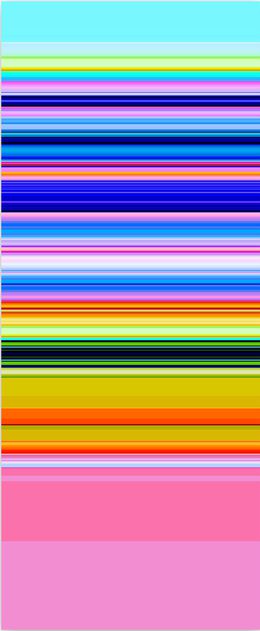

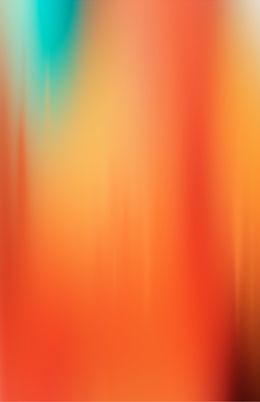
Paul Snell
Photography - 185 x 120 x 0.1 cm Photography - 72.8 x 47.2 x 0 inch
$9,652

Paul Snell
Photography - 120 x 265 x 0.1 cm Photography - 47.2 x 104.3 x 0 inch
$9,652
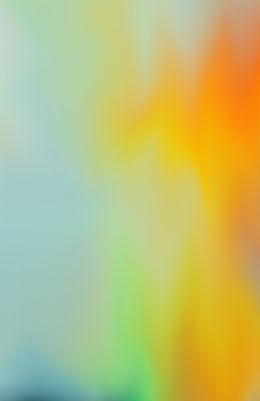
Paul Snell
Photography - 185 x 120 x 0.1 cm Photography - 72.8 x 47.2 x 0 inch
$9,652
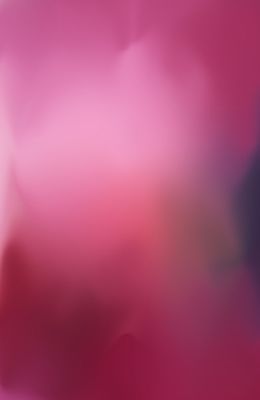
Paul Snell
Photography - 185 x 120 x 0.1 cm Photography - 72.8 x 47.2 x 0 inch
$9,652
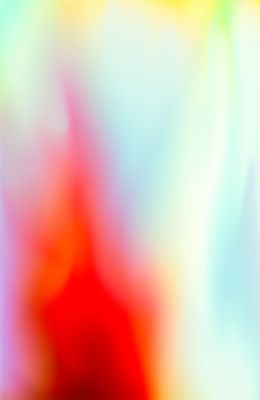
Paul Snell
Photography - 185 x 120 x 0.1 cm Photography - 72.8 x 47.2 x 0 inch
$9,652

Paul Snell
Photography - 185 x 120 x 0.1 cm Photography - 72.8 x 47.2 x 0 inch
$9,652






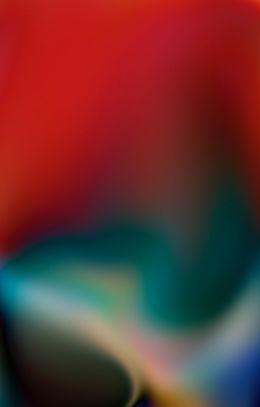




Paul Snell
Photography - 170 x 8.5 x 10 cm Photography - 66.9 x 3.3 x 3.9 inch
$7,833

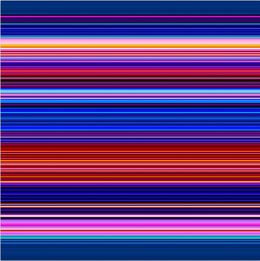




Paul Snell
Photography - 85 x 85 x 6.5 cm Photography - 33.5 x 33.5 x 2.6 inch
$4,616
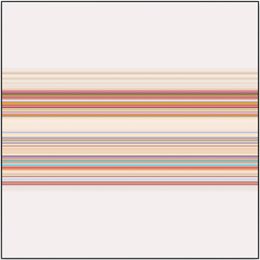
Paul Snell
Photography - 100 x 100 x 6.5 cm Photography - 39.4 x 39.4 x 2.6 inch
$4,966

Paul Snell
Photography - 100 x 100 x 6.5 cm Photography - 39.4 x 39.4 x 2.6 inch
$4,966
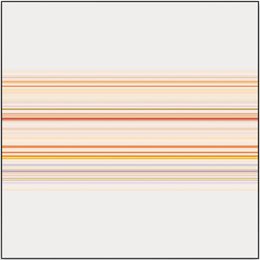
Paul Snell
Photography - 100 x 100 x 6.5 cm Photography - 39.4 x 39.4 x 2.6 inch
$4,966




Paul Snell
Photography - 185 x 120 x 0.1 cm Photography - 72.8 x 47.2 x 0 inch
$8,393

Paul Snell
Photography - 180 x 115 x 0.1 cm Photography - 70.9 x 45.3 x 0 inch
$8,183
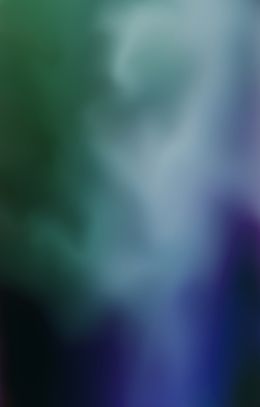



Paul Snell
Photography - 180 x 115 x 0.1 cm Photography - 70.9 x 45.3 x 0 inch
$8,183

Paul Snell
Photography - 180 x 115 x 0.1 cm Photography - 70.9 x 45.3 x 0 inch
$8,183

Paul Snell
Photography - 180 x 115 x 0.1 cm Photography - 70.9 x 45.3 x 0 inch
$8,183


Paul Snell
Photography - 170 x 120 x 0.1 cm Photography - 66.9 x 47.2 x 0 inch
$8,183



















